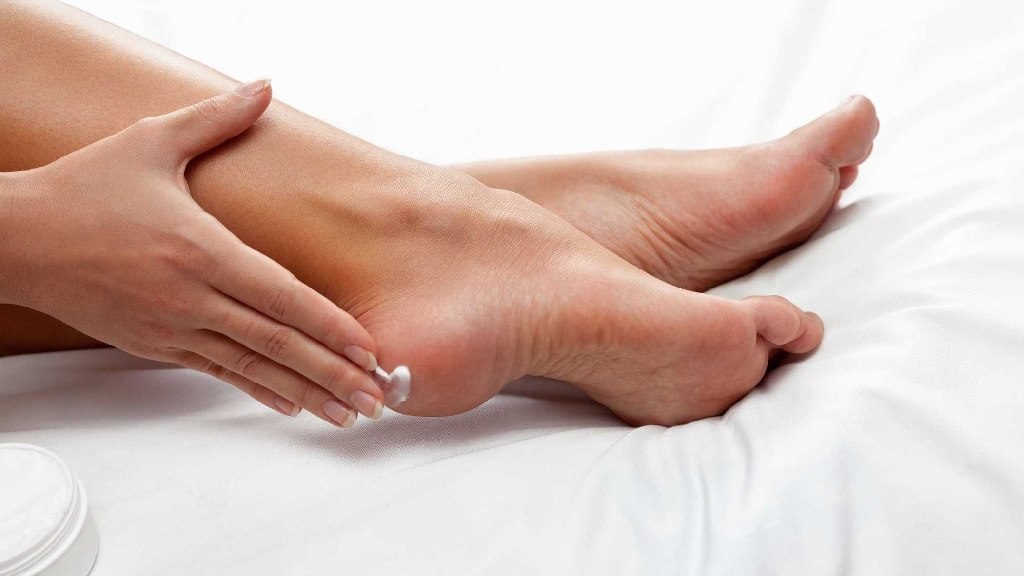Living with diabetes requires vigilant attention to foot health, as poor circulation and nerve damage can lead to serious complications. Preventing foot complications in diabetes patients involves a comprehensive approach that combines regular monitoring, proper foot care, and lifestyle modifications. This proactive management strategy helps reduce the risk of ulcers, infections, and other serious foot-related issues that could potentially lead to amputation.
Table of Contents
Understanding Diabetic Foot Complications and Risk Factors

Diabetic foot complications represent one of the most challenging aspects of diabetes management. The combination of reduced blood flow and nerve damage creates a perfect storm of conditions that can lead to serious foot problems. Understanding these mechanisms is crucial for developing effective prevention strategies.
The Role of Neuropathy in Foot Complications
Diabetic neuropathy affects the way nerves transmit signals between the feet and the brain. When nerve damage occurs, patients may lose sensation in their feet, making it difficult to feel cuts, blisters, or other injuries. This loss of protective sensation means small wounds can go unnoticed and untreated, potentially developing into serious infections.
The progressive nature of neuropathy also affects muscle function and foot mechanics. As motor nerves become damaged, the muscles controlling foot position and movement may weaken, leading to changes in gait and pressure distribution. These changes can create new pressure points and increase the risk of injury.
Circulation Problems and Wound Healing
Poor circulation, or peripheral arterial disease (PAD), significantly impacts the body’s ability to heal wounds in the feet. High blood sugar levels damage blood vessels, reducing blood flow to the extremities. This decreased circulation means less oxygen and fewer nutrients reach the feet, slowing down the healing process and increasing infection risk.
The combination of reduced blood flow and compromised immune function makes even minor injuries potentially dangerous. Wounds that would typically heal quickly in healthy individuals may become chronic problems for diabetes patients, requiring specialized care and attention.
Impact of Blood Sugar Control on Foot Health
Maintaining proper blood sugar levels plays a crucial role in preventing foot complications. Consistently high blood glucose damages both blood vessels and nerves, accelerating the development of foot problems. Studies show that patients with well-controlled diabetes have a significantly lower risk of developing serious foot complications compared to those with poor glycemic control.
Essential Foot Care Practices for Diabetes Patients
Implementing proper foot care routines is fundamental in preventing complications. These practices should become daily habits, integrated into the overall diabetes management plan.
Daily Foot Inspection and Cleaning Protocols
A thorough daily foot inspection forms the cornerstone of preventive care. This inspection should include examining all surfaces of the feet, including between the toes, using a mirror if necessary to view hard-to-see areas. Look for any changes in color, temperature, or texture, as well as any cuts, blisters, or areas of pressure.
Proper cleaning involves using warm (not hot) water and mild soap, followed by thorough but gentle drying, particularly between the toes where moisture can accumulate. This daily routine helps identify potential problems early while maintaining good foot hygiene.
Proper Footwear and Sock Selection
The choice of appropriate footwear can significantly impact foot health. Shoes should provide adequate support and protection while allowing enough room for proper circulation. Custom diabetic shoes may be necessary for patients with specific foot problems or deformities.
Socks should be seamless and moisture-wicking to prevent friction and keep feet dry. Changing socks daily and avoiding tight elastic bands that could restrict circulation are important considerations in preventing complications.
Professional Foot Care and Regular Check-ups
Regular visits to a podiatrist or foot care specialist are essential for preventing serious complications. These professionals can identify potential problems early and provide appropriate interventions before conditions become severe. They can also safely address issues like calluses and nail care that might be risky for patients to handle themselves.
Managing Foot Problems When They Occur
Despite best prevention efforts, foot problems may still develop. Quick recognition and appropriate response can prevent minor issues from becoming major complications.
Early Warning Signs and When to Seek Help
Understanding the signs that require immediate medical attention is crucial. Any change in foot color, temperature, or sensation should be evaluated promptly. New areas of pressure, blisters, or cuts require immediate attention to prevent infection and promote proper healing.
The presence of persistent pain, even if mild, should never be ignored, as it could indicate underlying problems that require professional evaluation. Changes in skin texture or the appearance of ulcers need immediate medical attention.
Treatment Approaches for Common Foot Issues
When foot problems develop, appropriate treatment must begin quickly. This might include pressure relief, wound care, infection control, or other interventions depending on the specific issue. Following medical advice precisely and maintaining good blood sugar control are essential for successful treatment outcomes.
Professional wound care may be necessary for more serious issues, and patients should never attempt to self-treat significant foot problems. The risk of complications is too high, and proper medical care is essential for optimal healing.
Preventing Reoccurrence of Foot Problems
After resolving a foot problem, preventing its recurrence becomes crucial. This often involves identifying and addressing the underlying causes, which might include ill-fitting shoes, poor circulation, or inadequate foot care practices. Making necessary adjustments to prevent similar problems in the future is an essential part of long-term foot health management.
Conclusion
Preventing foot complications in diabetes patients requires a comprehensive approach combining regular monitoring, proper foot care, and prompt attention to any problems that develop. Success depends on maintaining good blood sugar control, following proper foot care practices, and working closely with healthcare providers. By implementing these strategies consistently, patients can significantly reduce their risk of serious foot complications and maintain better overall health outcomes. Regular assessment and adjustment of prevention strategies ensure continued effectiveness in managing this crucial aspect of diabetes care.





